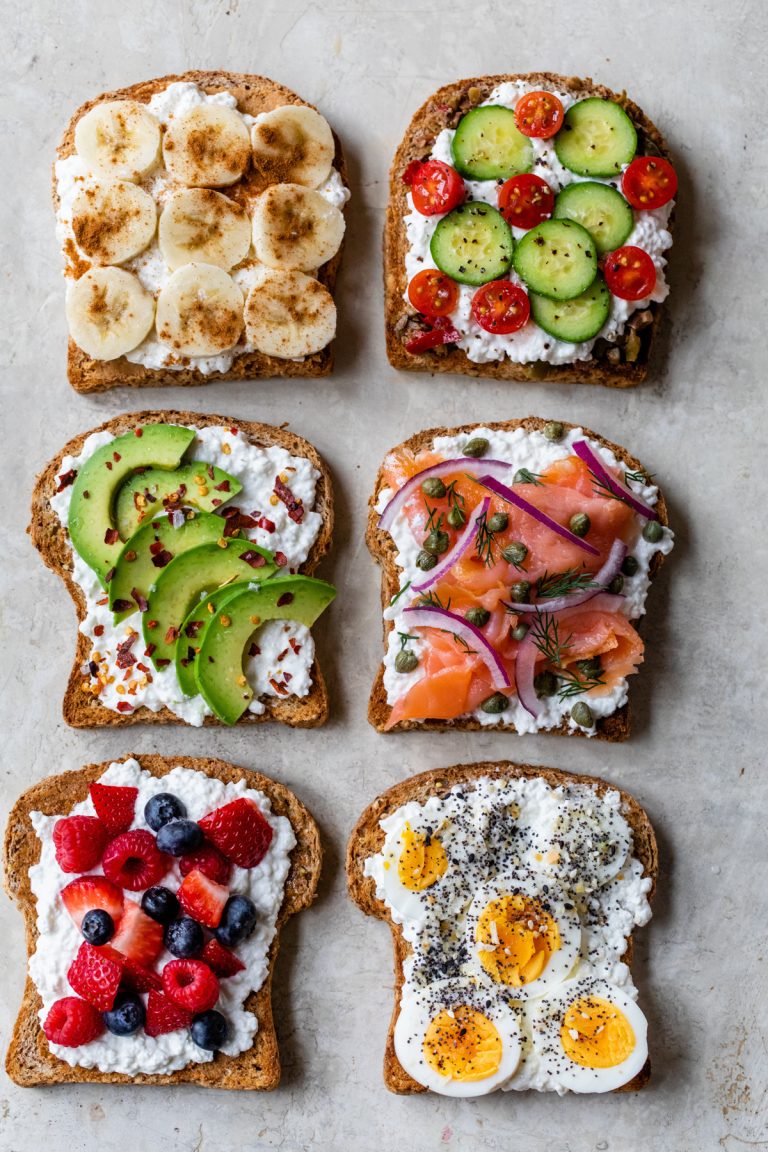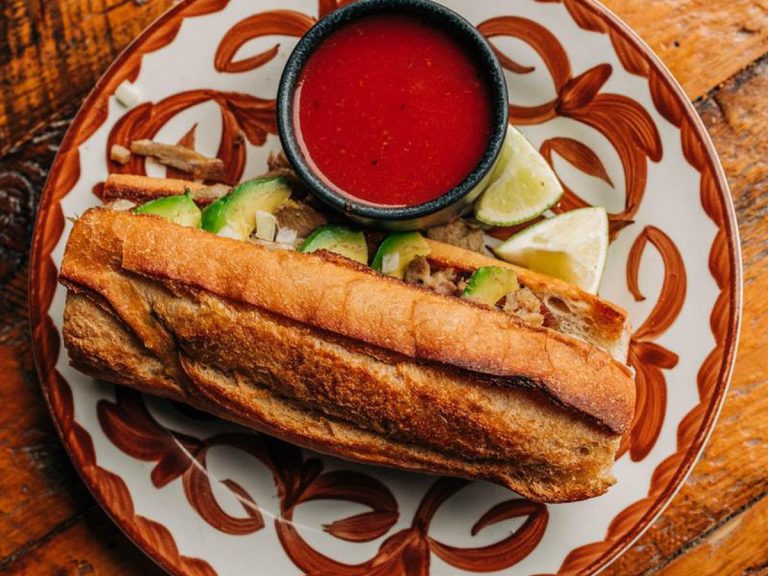Chili Dip: Flavorful Origins, Modern Variations, and Health Benefits
Chili dip traces its roots to the broader culinary traditions of Tex-Mex cuisine, which evolved in the southwestern United States. While chili itself dates back to early 19th-century Texas, combining it with creamy textures for dipping gained popularity in the mid-20th century.
Tex-Mex cuisine, characterized by bold flavors and unique combinations, significantly influenced chili dip’s development. In Tex-Mex dishes, you often find ingredients like chili peppers, cheese, and beans—staples that also make up chili dip. This fusion of Mexican and American culinary practices gave rise to many beloved dishes, with chili dip emerging as a versatile, enjoyable option.
Football games and casual gatherings further propelled chili dip into mainstream American culture. By the 1960s, recipes for chili dip began appearing in cookbooks and magazines, cementing its status as a favorite snack. Advertisements and television commercials in the 1970s showcased chili dip as a must-have party dish, which led to its widespread popularity.
The modern chili dip contains variations that incorporate ingredients suited to individual tastes and dietary preferences. Ingredients often include ground beef, tomatoes, and a blend of Monterey Jack and Cheddar cheese. Some variations use black beans, corn, or jalapeños for added texture and flavor.
Whether you’re hosting a party or simply enjoying a quiet night at home, chili dip’s rich history and diverse flavors make it an excellent choice. Understanding its origins provides insight into why it’s a staple in American snack culture, offering both historical context and practical versatility.
Key Ingredients in a Classic Chili Dip
The Role of Spices
Spices define the flavor profile of classic chili dip, making them indispensable. Cumin, chili powder, and paprika are essential spices that add depth and warmth. Consider adding garlic powder and onion powder to enhance the savory aspect. Cumin provides an earthy, slightly bitter taste, while chili powder delivers a kick of heat. Paprika adds a subtle sweetness and vibrant color. Remember, balancing these spices ensures a well-rounded dip.
Choosing the Right Base
The base gives classic chili dip its creamy texture and foundation. Cream cheese is the most common base, offering a rich and smooth consistency. Sour cream and Greek yogurt also serve as excellent alternatives, providing a tangy undertone. For a dairy-free option, consider using blended cashews or plant-based cream cheese. The choice of base influences the dip’s flavor and texture, so select one that complements the other ingredients.
Variations of Chili Dip Recipes
Vegan and Vegetarian Options
Vegan and vegetarian chili dip options cater to various dietary needs without sacrificing taste. Using plant-based proteins like lentils, beans, or textured vegetable protein (TVP) ensures a hearty consistency. Swap traditional dairy bases with vegan alternatives like cashew cream, coconut milk, or almond-based cheese. Nutritional yeast can enhance the cheesy flavor while maintaining the dish’s vegan integrity. Incorporate vegetables like bell peppers, corn, and tomatoes to add color and texture. Spices remain crucial; use chili powder, cumin, paprika, and garlic to achieve a robust, balanced flavor.
Regional Twists on Traditional Chili Dip
Regional twists on traditional chili dip reflect local culinary influences and preferences. In the Southwestern U.S., you might find versions featuring green chilies or a blend of cheddar and Monterey Jack cheeses. Southern variations often incorporate black-eyed peas or pimento cheese. Midwest adaptations might include cream cheese and shredded cheddar for a richer consistency. In California, additions like avocado or fresh cilantro bring a fresher, lighter touch. These regional variations not only diversify flavor profiles but also highlight the adaptability and appeal of chili dip across different American cultures.
Preparing and Serving Chili Dip
Cooking Techniques
Simplify the chili dip preparation by following precise steps. Start by browning ground beef or plant-based meat in a skillet over medium heat. Ensure an even cook through constant stirring, then drain excess fat. Add chopped onions and minced garlic, cooking until softened. Stir in a blend of chili powder, cumin, and paprika to develop depth.
Introduce crushed tomatoes and black beans, simmering to meld flavors. For a creamy texture, mix in cheddar cheese or a dairy-free alternative. Keep stirring until the cheese melts and the mixture achieves a smooth consistency. Adjust seasoning with salt and pepper, considering taste.
Use a slow cooker for minimal supervision. Combine browned meat, beans, spices, and cheese. Set on low, stirring occasionally, until all ingredients meld beautifully. This method suits busy schedules and large gatherings.
Presentation and Pairing Ideas
Present chili dip in a warm, festive bowl to retain heat. Transfer from the pot to the serving dish immediately before serving. Garnish with sliced jalapeños, chopped cilantro, and a dollop of sour cream or its vegan counterpart to enhance visual appeal and flavor complexity.
Pair chili dip with various snacks for a complete spread. Offer tortilla chips for a classic combination. Include vegetable sticks like celery, carrots, and bell peppers for a fresher bite. Consider toasted baguette slices or pita chips for extra crunch.
Incorporate chili dip into other dishes. Use it as a topping for baked potatoes or nachos, or as a filling for quesadillas and tacos. These pairings add versatility and creatively extend the use of chili dip in your meal planning.
Health Benefits and Nutritional Facts
Dietary Considerations
Chili dip includes a variety of ingredients that can offer nutritional benefits. High-protein ingredients like beans and ground beef support muscle health and keep you full longer. If you prefer a vegan or vegetarian version, plant-based proteins such as lentils and dairy alternatives like almond milk can provide similar benefits without the meat.
Pay attention to sodium levels in store-bought chili dips, as they can be high. Choose low-sodium versions or make your dip at home to control salt content. Additionally, if you’re watching your fat intake, using lean meat and low-fat cheese can reduce the overall fat content without sacrificing flavor.
Chili Dip in a Balanced Diet
Including chili dip in a balanced diet is manageable if you consider portion control and nutritional components. The combination of protein, fiber, and healthy fats in chili dip can make it a satisfying and nutritious snack or meal addition.
You can enjoy chili dip with fresh vegetable sticks or whole-grain tortilla chips to increase fiber intake. Incorporating ingredients like avocado adds healthy monounsaturated fats, which are beneficial for heart health. Opting for homemade versions ensures you can tailor the nutritional profile to suit your dietary needs.
By making mindful ingredient choices, chili dip can be a nutritious component of a well-rounded diet.
Conclusion
Chili dip offers a versatile and flavorful addition to your culinary repertoire. By experimenting with different ingredients and mindful preparation methods, you can enjoy a delicious dip that aligns with your dietary preferences and health goals. Whether you’re hosting a party or looking for a nutritious snack, chili dip can be tailored to suit any occasion. Remember to balance bold flavors with nutritious choices to create a dip that’s both satisfying and beneficial for your well-being.






